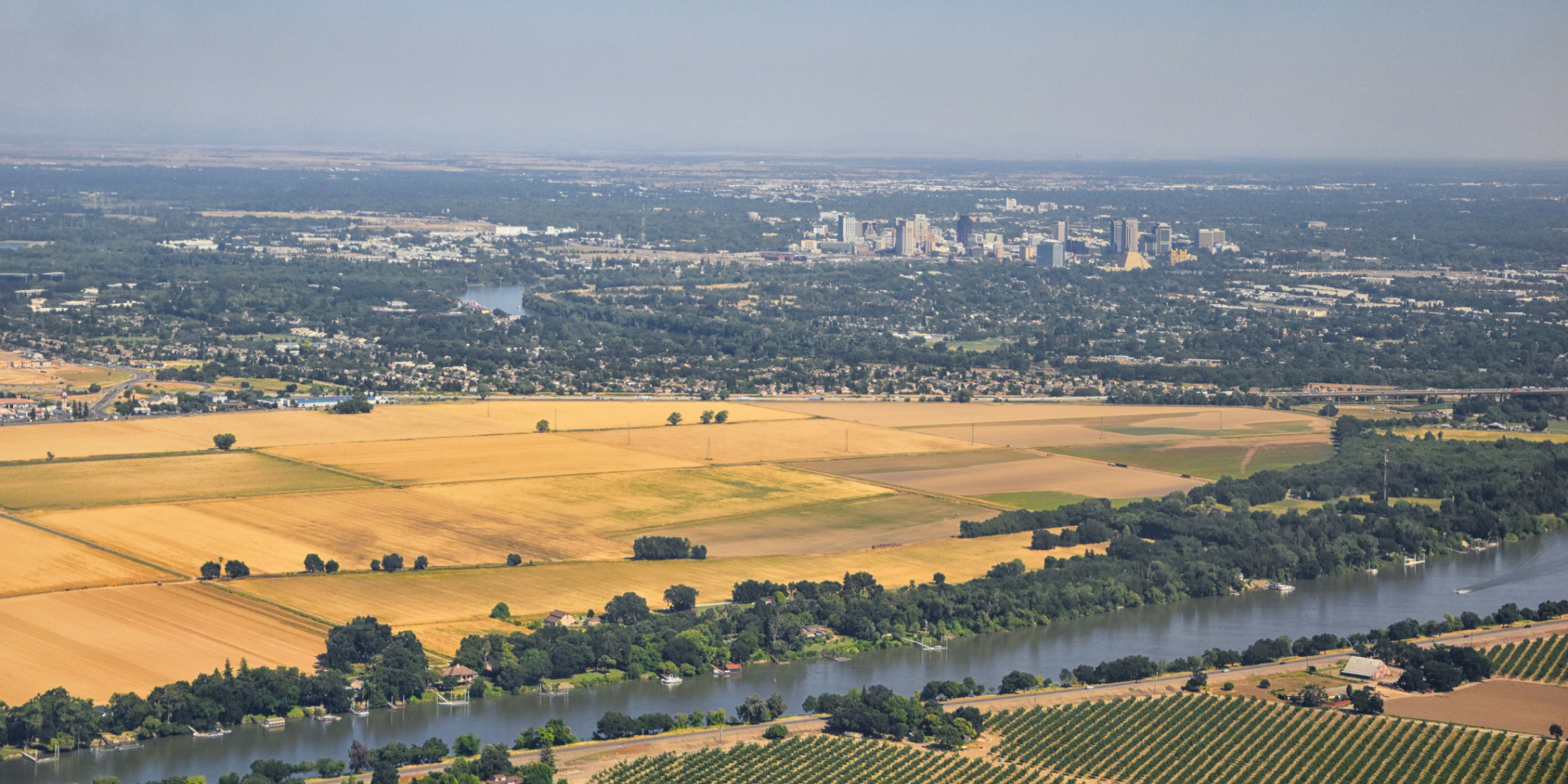This post highlights findings from the chapter on collaborative development, authored by Brian Dabson and Christiana K. McFarland, in the forthcoming book “Investing in Rural Prosperity,” to be published by the Federal Reserve Board of Governors and the Federal Reserve Bank of St. Louis.
When local governments and other key partners adopt a regional perspective, the interdependencies between urban and rural communities, as well as the challenges they face, become evident. The pandemic exacerbated longstanding cross-jurisdictional issues from homelessness and broadband to healthcare access and workforce development and underscored the critical nature of regional solutions. While a collaborative approach is essential to creating and sustaining healthier and more equitable economies and communities, regionalism is often stymied by an imbalance of resources, priorities and power. Effective collaboration provides a way to engage multisector stakeholders, connect disparate systems and networks, and bring the value of all parts of the region to bear to navigate these challenges and achieve better outcomes.
And there are many encouraging examples of regional collaborative efforts, particularly those that uplift rural and small-town interests. One such example is Sacramento. In the region, economic development leaders, industry and university partners, and policy officials are creating a cohesive regional ecosystem to support the life sciences and agricultural biotechnology (ag-tech) industry clusters. Although significant assets exist in both urban and rural parts of the region, the lack of alignment among assets and strategies, poor integration of local communities, poor broadband access in rural areas and the lack of commercialization assets were holding back the true potential for growth.
A recent collaborative five-year strategy for inclusive economic development aims to bolster and align assets across urban and rural parts of the region to grow the clusters. Aggie Square, a research park project, led by the University of California–Davis, in an urban neighborhood of Sacramento will allow for services and innovative partnerships to connect companies and communities across the region. Aggie Square will also provide workforce development opportunities to residents in adjacent urban neighborhoods. In rural parts of the Sacramento region, the Woodland Research and Technology Park will serve as a hub for agricultural innovation and an incubator for ag-tech entrepreneurs. The Park complements existing rural assets including a strong agriculture and biological sciences research institution, a growing sector of startups and agricultural community and research and development facilities for global agriculture companies.
The regional plan also prioritizes expanded broadband infrastructure to ensure digital equity across the region, connectivity within the cluster and deployment of agriculture technologies in rural parts of the region. Although only in its initial stages, the strategy in Sacramento demonstrates the value of collaborative development to rural and urban communities alike.
Cities can learn from the Sacramento example to incorporate key elements of effective collaboration, such as:
- Leadership: Although engaging state and local governments is critical, regional leadership may also come from outside government to draw in a broader representation across geography, race and economic and social conditions. To be effective, such leadership must have an established and trusted presence in the region, with a track record of real engagement across every sector and community. It must have access to and value sound analysis of the pressing social, economic and environmental issues facing its region, and an ability to communicate and listen to diverse and often conflicting interests.
- Anchor organization: Each region should have an anchor organization or institution that serves as the hub of activities. It could be an anchor institution such as a hospital, university or community college, or a regional foundation, a community development agency, a public-private partnership, a community development financial institution or a regional economic development organization. Without these requirements, there is a danger that regional efforts will be technocratic and bureaucratic, responding mainly to federal or foundation expectations to access funding for priority projects. These are rarely inclusive and are likely to downplay rural interests.
- Reciprocal value: While the industries of urban communities often drive regional economies, regional collaboration provides the means for highlighting the contributions that rural economies and communities also make to the regional economy. Often these are “hidden in plain sight,” and must be uplifted to show metropolitan populations the true value of the work of stewarding natural resources, mitigating climate change, providing ecosystem service, and conserving and managing large-scale landscapes.
- Recognized intersectionality: Concerns about equity in a rural context highlight the intersection of geography (principally the impacts of isolation, disinvestment and lack of local capacity and agency) with race and ethnicity, gender, income and class. Addressing inequities requires a high level of intentionality. Regional collaboration provides a vehicle for improving social and economic opportunity and health for all people and all places in a region, by ensuring rural and small-town interests and perspectives are at the table to set priorities and drive change.
These elements – leadership, anchor organizations, reciprocal value and recognized intersectionality — provide a foundation for successful regional collaboration. Local leaders have a historic opportunity with the American Rescue Plan Act (ARPA) for a fresh start working together. Every jurisdiction is receiving funds, which also means that intraregional dynamics are somewhat more balanced. For example, the city of Cedar Rapids, in partnership with the Housing Fund for Linn County, announced initial plans for allocating its ARPA fund to a $1 million grant to help address remaining housing needs of low-to-moderate income residents. These types of partnerships will help communities, especially those that are small or rural, leverage their funding and build stronger regional ecosystems that will serve them well into the future.
Become a Member
NLC is a strategic partner for local leaders and municipal staff, serving as a resource and advocate for communities large and small. Join our network and get access to timely resources, proven best practices, and connections to peer networks.











